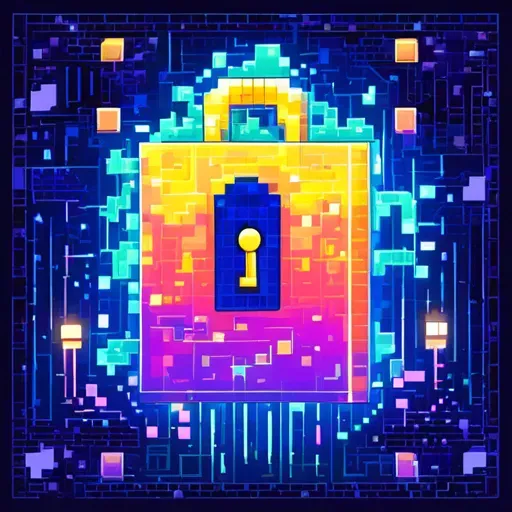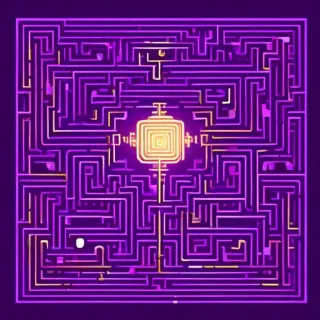
Hybrid Quantum-Classical Symmetric Encryption Method Introduced
/ 3 min read
Quick take - The paper “Symmetric Encryption on a Quantum Computer,” published on November 7, 2024, introduces a novel hybrid quantum-classical symmetric cryptosystem that utilizes quantum circuits based on a one-time pad technique, demonstrating advancements in encryption methods while addressing vulnerabilities of traditional public-key cryptography.
Fast Facts
- A novel hybrid quantum-classical symmetric cryptosystem was introduced in the paper “Symmetric Encryption on a Quantum Computer,” published on November 7, 2024, by Oleksiy Kondratyev and colleagues.
- The cryptosystem employs quantum circuits based on a one-time pad technique, reducing the classical key size compared to traditional symmetric encryption methods.
- It utilizes second-order Pauli expectation values and parameterized quantum circuits, demonstrating noise tolerance suitable for early fault-tolerant quantum computers.
- Successful encryption and decryption demonstrations were conducted on the 84-qubit Rigetti Ankaa-2 quantum computer, showcasing the feasibility of the implementation.
- The paper discusses future research directions, including error correction techniques, larger-scale implementations, and the exploration of quantum learning attacks.
Groundbreaking Paper on Quantum Symmetric Encryption
A groundbreaking paper titled “Symmetric Encryption on a Quantum Computer” was published on November 7, 2024. The authors of the paper are Oleksiy Kondratyev, Alexander Lipton, Marco Paini, and David Garvin.
Novel Hybrid Quantum-Classical Cryptosystem
The paper introduces a novel hybrid quantum-classical symmetric cryptosystem that utilizes quantum circuits for encryption, specifically based on a one-time pad technique. This approach allows for a reduction in the size of the classical key compared to traditional symmetric encryption algorithms, representing a significant advancement in cryptographic methods. The cryptosystem is structured for an N-qubit circuit, where the number of bits required to specify the circuit scales as N^(3/2), and the maximum number of bits that can be encoded by the quantum circuit grows as N^2.
The algorithm focuses on second-order Pauli expectation values, with potential for incorporating higher-order values to enhance encoding capacity. Parameterized quantum circuits (PQC) are used in this method, increasing securely shared information by introducing key dependence on specific parameters. A notable feature of this algorithm is its noise tolerance, making it suitable for early implementations on fault-tolerant quantum computers.
Addressing Quantum Threats to Cryptography
Quantum computers pose a threat to traditional public-key cryptography, with RSA and Diffie-Hellman cryptosystems being particularly vulnerable to quantum attacks. The proposed hybrid system circumvents vulnerabilities associated with public keys by generating a secret key via a quantum computer and employing a one-time pad-style method for encryption. The encryption process utilizes second-order Pauli expectation values, requiring fewer bits for specification than the information it encodes. Measurements utilize Pauli operators (X, Y, Z).
Simulations and experiments were conducted on the 84-qubit Rigetti Ankaa-2 quantum computer, successfully demonstrating both encryption and decryption with quantum circuits comprising 5 and 20 qubits. The feasibility of the implementation for early fault-tolerant quantum devices was showcased, leveraging the no-cloning theorem to counter eavesdropping. If eavesdropping is detected, one-time pads can be reused without compromising security. Plaintext symbols are encoded into bitstrings with an equal number of “0”s and “1”s, mitigating frequency analysis attacks.
Future Research Directions
The paper addresses future research directions, including exploration of error correction techniques and the potential for larger-scale implementations. The authors express intent to investigate quantum learning attacks and barren plateau issues on security. The algorithm’s capacity for secure reuse of one-time pads is highlighted, contingent upon the absence of eavesdropping detection.
The findings illustrate the potential for hybrid quantum-classical systems to outperform purely classical alternatives, establishing a new benchmark in symmetric encryption using quantum computing technology.
Original Source: Read the Full Article Here


